Cynthia Schaedig: Take care of the city’s dying trees

Lum3n/via Pexels Lum3n/via Pexels
| Published: 03-26-2024 3:27 PM |
I am responding to the March 21 letter to the editor titled “City trees, city responsibility.” I agree with the writer, but perhaps the solution lies with the City Council rather than just the Department of Public Works. When I purchased my house in 2011, there were two giant pine trees in the public right-of-way in front of my new house that appeared to be dying. I called the DPW and asked that they remove them. Since pine trees have shallow root systems, my concern was that they could easily fall over in a big wind and take out all the utility wires or topple onto my house. A crew from the DPW came out. One gentleman told me that the trees would eventually die and nothing could be done to save them. They were not allowed to remove trees unless the tree was dead. He said this was due to a policy passed by the City Council that specifically stated that trees could not be removed until completely dead. The crew trimmed the dead branches below the power lines and left.
If indeed the City Council has approved such a policy, I would ask the council to revisit the issue. Maintenance of trees is as important as planting them. Unhealthy trees should routinely be treated, trimmed, or removed to protect lives and property. UMass Amherst’s “Guide to Developing a Street and Park Management Plan” might be a place to start.
Cynthia Schaedig
Florence
Yesterday's Most Read Articles
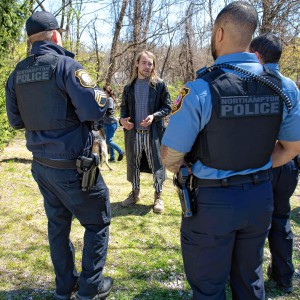 Homeless camp in Northampton ordered to disperse
Homeless camp in Northampton ordered to disperse
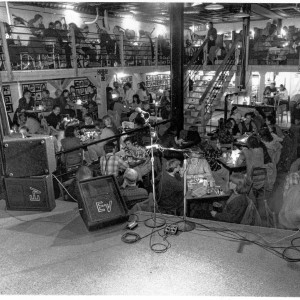 The Iron Horse rides again: The storied Northampton club will reopen at last, May 15
The Iron Horse rides again: The storied Northampton club will reopen at last, May 15
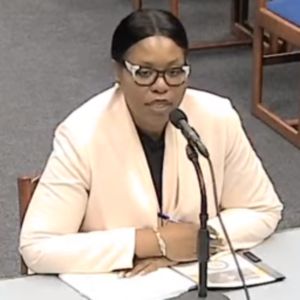 Final pick for Amherst regional superintendent, from Virgin Islands, aims to ‘lead with love’
Final pick for Amherst regional superintendent, from Virgin Islands, aims to ‘lead with love’
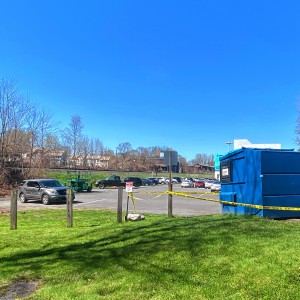 Authorities ID victim in Greenfield slaying
Authorities ID victim in Greenfield slaying
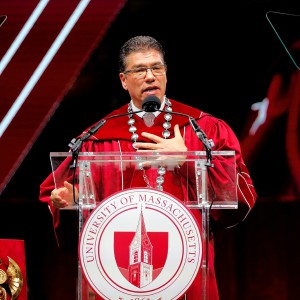 Reyes takes helm of UMass flagship amid pro-Palestinian protests
Reyes takes helm of UMass flagship amid pro-Palestinian protests
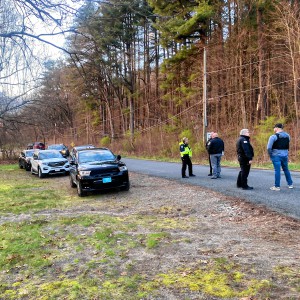 Police report details grisly crime scene in Greenfield
Police report details grisly crime scene in Greenfield

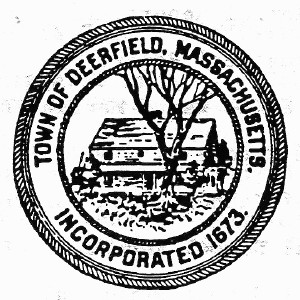 Charlene Galenski: Blake Gilmore, a strong candidate for Deerfield’s Selectboard
Charlene Galenski: Blake Gilmore, a strong candidate for Deerfield’s Selectboard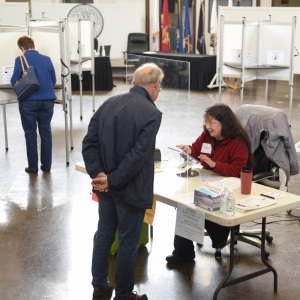 Annette Pfannebecker: Vote yes for Shores Ness and for Deerfield
Annette Pfannebecker: Vote yes for Shores Ness and for Deerfield Columnist Susan Wozniak: Rising costs long ago swamped hippie ideal
Columnist Susan Wozniak: Rising costs long ago swamped hippie ideal Guest columnist Rudy Perkins: Dangerous resolution pins ‘aggression’ on Iran
Guest columnist Rudy Perkins: Dangerous resolution pins ‘aggression’ on Iran
